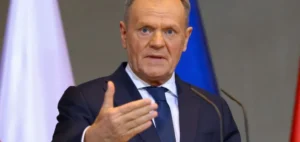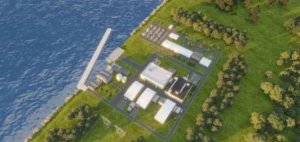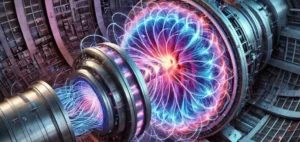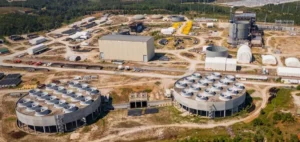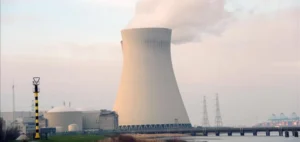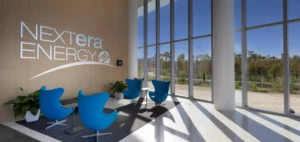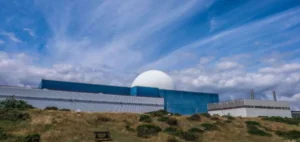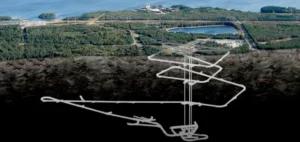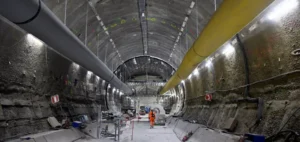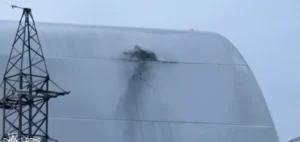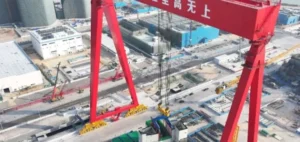The uranium market is experiencing a period of intense activity, with prices reaching their highest levels for almost two decades. The rise in uranium prices, with the benchmark U3O8 contract reaching $85.75 per pound, is a remarkable phenomenon that reflects several global dynamics. This increase is mainly due to renewed interest in nuclear power as part of the energy transition, as well as growing concerns about the security of oil and gas supplies, exacerbated by geopolitical tensions, notably Russia’s invasion of Ukraine.
International Response and Nuclear Renewal
The international response to this new uranium market dynamic is varied. Several European countries, including France, Belgium, the UK and Romania, have opted to extend the operation of their existing nuclear power plants. In the United States, the decision to extend the life of the Diablo Canyon reactors in California is another indicator of this trend. At the same time, the boom in new nuclear projects in China, India, Turkey and Egypt testifies to a renewed worldwide interest in this form of energy.
Supply constraints and future implications
Global uranium supply, however, is struggling to meet this growing demand. Kazakhstan, which dominates world production, faces significant logistical challenges, and political tensions in Niger and recent policy decisions, such as theUS embargo on Russian uranium, add to market uncertainty. The involvement of major financial players, such as Canada’s Sprott Group, in the accumulation of uranium reserves also has a significant impact on prices. These developments suggest that, although mining is adapting, the uranium market will remain tight in the short term.
This situation on the uranium market, characterized by high prices and rising demand, underlines the growing importance of nuclear power in the global energy mix. As countries seek alternatives to fossil fuels, uranium is becoming a key player in the energy transition. However, supply-side challenges and the associated geopolitical implications require sustained attention. The evolution of the uranium market will therefore be a crucial barometer for assessing the future of nuclear power in the years to come.







